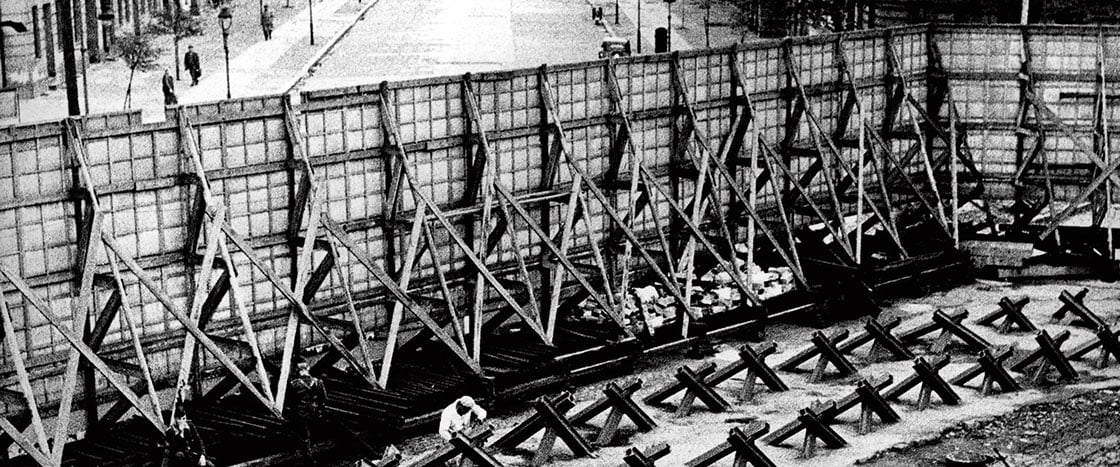Every muscle in Hartmut Richter’s body ached. He’d been in the cold water for four agonizing hours. His body temperature had plummeted dangerously low. Now, to his horror, he found himself trapped in the water by a wall of razor-sharp barbed wire.
Precious seconds ticked by. The area was crawling with guards carrying machine guns. Some had snarling dogs at their sides. If they caught Hartmut, he could be thrown in prison—or worse.
These men were trained to shoot on sight.
Hartmut grabbed the wire with his bare hands. He began pulling it apart, hoping he could make a hole large enough to squeeze through.
Hartmut Richter was not a criminal escaping from jail. He was not a bank robber on the run. He was simply an 18-year-old kid who wanted nothing more than to be free—to listen to the music he wanted to listen to, to say what he wanted to say and think what he wanted to think.
And right now, Hartmut was risking everything to escape from his country and start a new life.
Every muscle in Hartmut Richter’s body ached. He’d been in the cold water for four hours, and his body temperature had dropped dangerously low. Now he was trapped in the water by a wall of razor-sharp barbed wire.
Precious seconds ticked by. The area was crawling with guards carrying machine guns. Some had snarling dogs at their sides. If they caught Hartmut, he could be thrown in prison—or worse.
These men were trained to shoot on sight.
Hartmut grabbed the wire with his bare hands and began pulling it apart, hoping to make a hole large enough to squeeze through.
Hartmut Richter was not a criminal escaping from jail or a bank robber on the run. He was just an 18-year-old kid who wanted to be free—to listen to the music he wanted to listen to, to say what he wanted to say and think what he wanted to think.
And right now, he was risking everything to escape from his country and start a new life.


